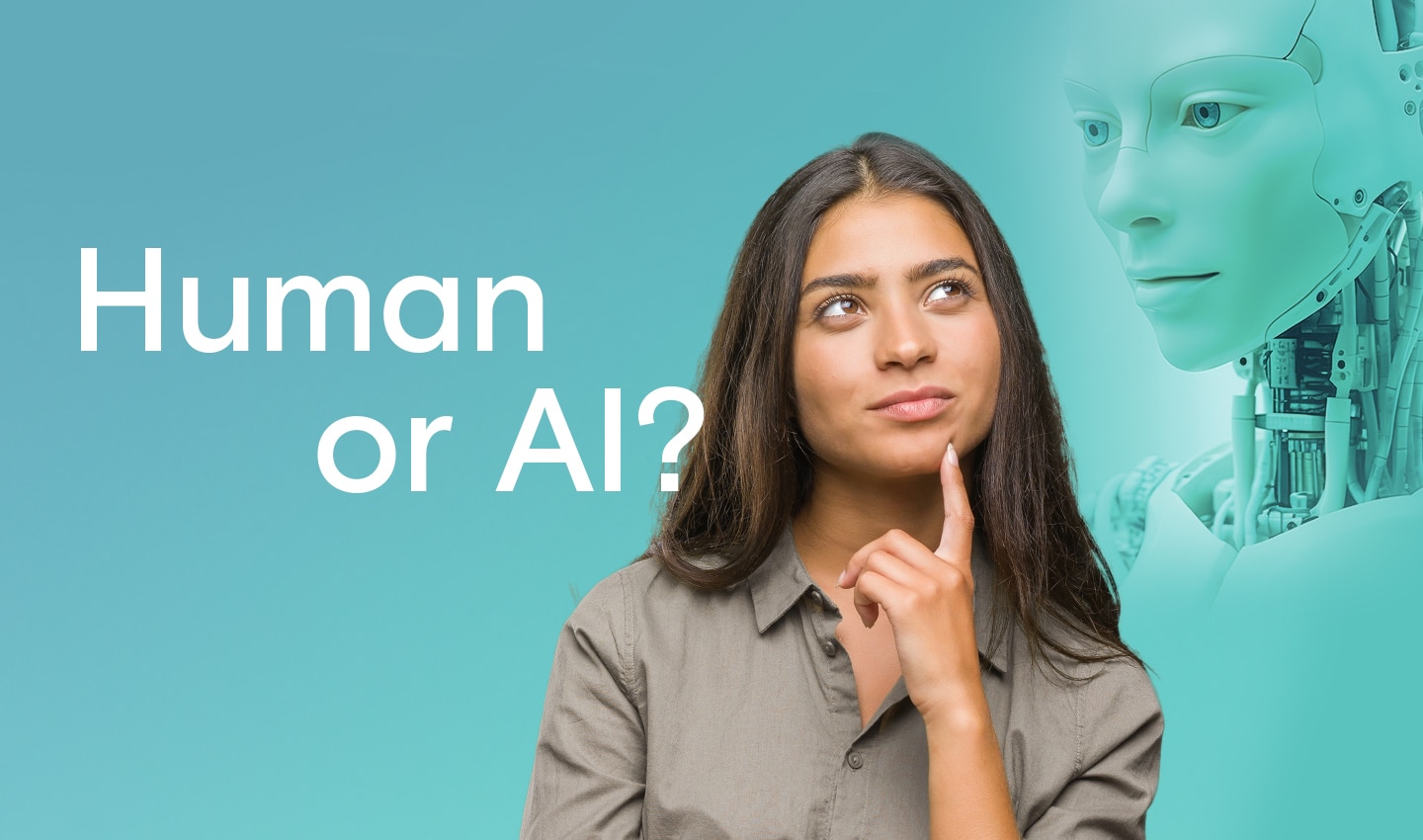What are neural networks and deep learning?An artificial neural network is a computer simulation that attempts to model the processes of the human brain in order to imitate the way in which it learns. Such systems essentially teach themselves by considering examples, generally without task-specific programming by humans, and then use a corrective feedback loop to improve their performance. This process, known as deep learning, is a type of machine learning that uses data representations, rather than task-specific algorithms, as in traditional software. Deep learning has been used in applications such as computer vision, speech recognition, natural language processing and audio recognition. The goal of these algorithms is to create more sophisticated software and machines that can perform human activities like seeing, listening, and thinking.Achievements in neural networks have made astounding progress in recent years. In a 2012 Large Scale Visual Recognition Challenge, for example, they outperformed all other algorithms in an industry-standard image dataset by more than 10%. The New York Times recently reported that an AI program created by scientists at the Swiss AI Lab at the University of Lugano won a pattern recognition contest. The winning program successfully identified 99.46 percent of the images in a set of 50,000 signs, while the average for humans was 98.84 percent. Studies like these demonstrate that neural networks are now the most advanced algorithm that can be used to understand complex sensory data.Mimicking Humans: Neural Networks’ Next StepTech companies have noticed these improvements and are seeking to capitalize on them. Google, for example, has announced a major initiative to develop artificial intelligence with new technology called AutoML. With this algorithm, neural networks use machine learning to build even more sophisticated neural networks in an iterative process. These neural networks are designed to teach themselves, mimicking the way the human brain teaches itself through a process called reinforcement learning. The goal is to create networks that are more powerful, efficient, and easy to use.Neural networks are also capable of improving each other. Forbes has reported on a technology breakthrough called Dueling Neural Networks. In this approach, neural networks actually compete with each other. The goal is to allow AI systems to go beyond mere learning and develop something akin to human imagination. Organizations such as Google Brain, Deep Mind, and Nvidia are working to develop systems that are capable of creating ultra-realistic, computer-generated images and sounds that are far more advanced than those we see today.Learning Beyond the CloudWhile much of the development of neural networks is happening in the cloud, the technology is starting to appear in hardware as well. Researchers at MIT have created a neural networking chip. The chip can utilize machine learning without having to relay the data to cloud-based applications. The prototype developed by MIT has been shown to increase the speed of machine-learning computations by up to 700 percent. As an added benefit, power consumption is reduced by 93 to 96 percent. An updated version of the chip with even greater computational capabilities is only a few years away.Deep Learning Needs Structured DataFinding data to use in deep learning isn’t the issue. We collectively generate about 2.5 quintillion bytes of data each day in the form of images, videos, emails, and more. But a great deal of this data is unstructured and unlabeled, so the wealth of intelligence that can be mined and used to make smart decisions is buried and largely unusable. To take advantage of neural networks and deep learning’s potential, it is essential to train algorithms with data that has been structured by skilled human annotators.With over 20 years of experience working with global firms in various industries, Appen has a proven track record of solving a wide variety of data challenges. We have deep expertise in more than 180 languages and dialects, and access to a global crowd of over one million skilled contractors that help our clients collect and structure data to optimize their machine learning algorithms. We partner with leading technology, automotive, and eCommerce companies to help them develop, enhance, and use products that rely on machine learning.Contact us today to discuss your needs for structured data to create neural networks and deploy deep learning.
Recent Developments in Neural Networks
Published on
March 23, 2018

Author
Authors






